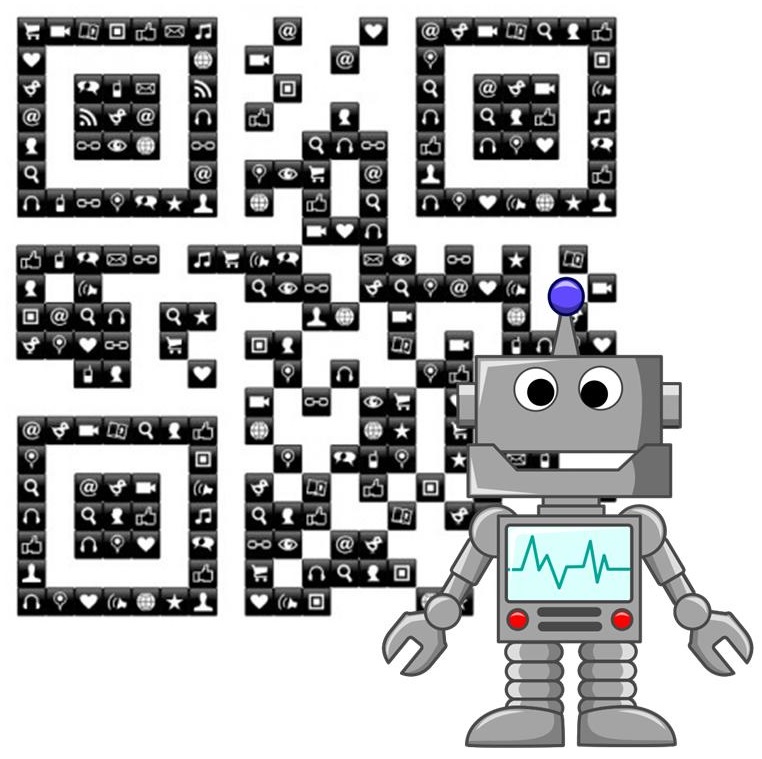Cyber Monday becomes the most successful online retail day ever
Cyber Monday has come and gone in the U.S. and the mobile sector experienced impressive growth on what is widely considered to be the most important day in electronics retail. IBM has released a new report concerning Cyber Monday of 2013, suggesting that it has become the largest online shopping day in history. Mobile commerce played a major role in the success of Cyber Monday and consumers have shown their strong interest in shopping for products online using their mobile devices.
Consumers show favor for mobile shopping
Mobile commerce has become a major interest to the retail industry. Many retailers were encouraged to take the mobile sector more seriously after the holiday shopping seasons of 2011 and 2012. Over the past two years, consumers have shown that they are not only willing to shop online with their mobile device but are quite eager to do so because of the convenience that it represents.
Online sales reach new heights
 According to the report from IBM, online shoppers in the U.S. spent more than $2 billion on Cyber Monday. A significant portion of this spending came from mobile devices. The report shows that online sales grew by 20% over what they had been on Cyber Monday in 2012. Consumers had reported that mobile shopping helped them avoid lines at physical stores and purchase products without having to worry about limited supplies.
According to the report from IBM, online shoppers in the U.S. spent more than $2 billion on Cyber Monday. A significant portion of this spending came from mobile devices. The report shows that online sales grew by 20% over what they had been on Cyber Monday in 2012. Consumers had reported that mobile shopping helped them avoid lines at physical stores and purchase products without having to worry about limited supplies.
Retailers show more interest in mobile commerce
Economic research firm IHS Global Insight released a report last week highlighting the growth of online sales during the 2013 holiday season. The report estimates that online sales for the whole of the holiday season will reach $81 billion by the end of this year. This represents a 12.5% increase in sales over what had been reported during the 2012 holiday season. Mobile commerce is expected to play a large role during the holiday season, especially as more consumers begin growing comfortable with the concept of purchasing products online with their mobile devices.
Communicating commands to a robot, particularly in terms of new locations, is now easier with quick response codes.
Being able to instruct a robot in terms of where it should navigate, especially when it comes to new locations, has been a considerable struggle that has previously needed complex technologies, but that could be resolved with something as simple as QR codes.
Previously it was believed to require sophisticated machine vision, and tech such as Bayesian particle filters.
However, recently, this planning was constructed in a very different way, using QR codes to help to guide robot navigation issues of localization. The issue is in the concept that if a robot were to bring you a glass of water or a soda, then that machine would first need to know where it is located and where the drink can be found. Therefore, the robot would essentially require a map and would need to be able to recognize its own location on that map at any given moment.
QR codes are allowing some of the issues within that process to be sidestepped.
 After all, to truly become practical, the robot would also need to be able to create its own maps be “observing” its surroundings and still be able to understand where it is located on the maps that it has constructed on its own. This has been labeled the SLAM problem, which stands for Simultaneous Localization and Mapping.
After all, to truly become practical, the robot would also need to be able to create its own maps be “observing” its surroundings and still be able to understand where it is located on the maps that it has constructed on its own. This has been labeled the SLAM problem, which stands for Simultaneous Localization and Mapping.
The inability to overcome this problem has limited robots to being able to navigate only around a constructed environment where they are programmed for very specific tasks. However, by coming up with a way to give these machines the opportunity to properly gauge and interact with their environments – and their own position within it – then this could present far greater opportunities for their use. Previous methods have involved using advanced technology to be able to label an environment with markers such as RF beacons. However, more recently, a much simpler marker has been employed.
This marker involves simple scanning of QR codes – often called by the nickname of “robot vomit”. These quick response codes are often seen in advertising and product labels, but by sticking them on the features of a space, including doors and walls, it can help robots to better understand their own environments and how to function within them.
 According to the report from IBM, online shoppers in the U.S. spent more than $2 billion on Cyber Monday. A significant portion of this spending came from mobile devices. The report shows that online sales grew by 20% over what they had been on Cyber Monday in 2012. Consumers had reported that mobile shopping helped them avoid lines at physical stores and purchase products without having to worry about limited supplies.
According to the report from IBM, online shoppers in the U.S. spent more than $2 billion on Cyber Monday. A significant portion of this spending came from mobile devices. The report shows that online sales grew by 20% over what they had been on Cyber Monday in 2012. Consumers had reported that mobile shopping helped them avoid lines at physical stores and purchase products without having to worry about limited supplies.
 After all, to truly become practical, the robot would also need to be able to create its own maps be “observing” its surroundings and still be able to understand where it is located on the maps that it has constructed on its own. This has been labeled the SLAM problem, which stands for Simultaneous Localization and Mapping.
After all, to truly become practical, the robot would also need to be able to create its own maps be “observing” its surroundings and still be able to understand where it is located on the maps that it has constructed on its own. This has been labeled the SLAM problem, which stands for Simultaneous Localization and Mapping.